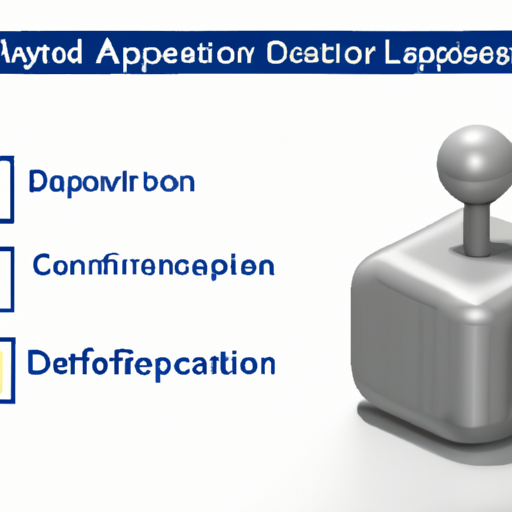Application Development in Float Level Sensors: CFR-25JB-52-120R
Float level sensors, particularly models like the CFR-25JB-52-120R, are integral to various industries for monitoring liquid levels in tanks, reservoirs, and other containers. Their application development involves leveraging key technologies that enhance their functionality and reliability. Below is a detailed overview of these technologies and notable success stories that illustrate their impact.
Key Technologies
| 1. Float Mechanism | |
| 2. Magnetic Reed Switches | |
| 3. Analog and Digital Output | |
| 4. Wireless Communication | |
| 5. Environmental Protection | |
| 6. Calibration and Configuration | |
| 1. Water Treatment Facilities | |
| 2. Chemical Processing Plants | |
| 3. Agricultural Applications | |
| 4. Oil and Gas Industry | |
| 5. Food and Beverage Industry | |
Success Stories
Conclusion

Float level sensors like the CFR-25JB-52-120R are essential for reliable and accurate liquid level monitoring across various industries. The integration of advanced technologies, such as wireless communication and robust environmental protection, enhances their functionality and applicability. The success stories from diverse sectors highlight the effectiveness of these sensors in improving operational efficiency, safety, and resource management. As industries increasingly adopt IoT and automation, the demand for reliable float level sensors is expected to grow, driving further innovation in this field.
Application Development in Float Level Sensors: CFR-25JB-52-120R
Float level sensors, particularly models like the CFR-25JB-52-120R, are integral to various industries for monitoring liquid levels in tanks, reservoirs, and other containers. Their application development involves leveraging key technologies that enhance their functionality and reliability. Below is a detailed overview of these technologies and notable success stories that illustrate their impact.
Key Technologies
| 1. Float Mechanism | |
| 2. Magnetic Reed Switches | |
| 3. Analog and Digital Output | |
| 4. Wireless Communication | |
| 5. Environmental Protection | |
| 6. Calibration and Configuration | |
| 1. Water Treatment Facilities | |
| 2. Chemical Processing Plants | |
| 3. Agricultural Applications | |
| 4. Oil and Gas Industry | |
| 5. Food and Beverage Industry | |
Success Stories
Conclusion

Float level sensors like the CFR-25JB-52-120R are essential for reliable and accurate liquid level monitoring across various industries. The integration of advanced technologies, such as wireless communication and robust environmental protection, enhances their functionality and applicability. The success stories from diverse sectors highlight the effectiveness of these sensors in improving operational efficiency, safety, and resource management. As industries increasingly adopt IoT and automation, the demand for reliable float level sensors is expected to grow, driving further innovation in this field.